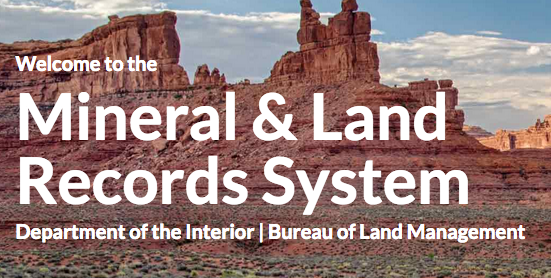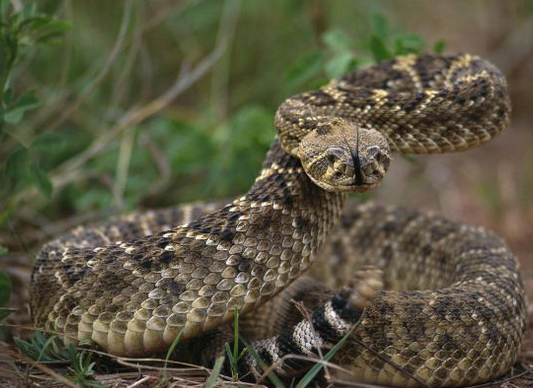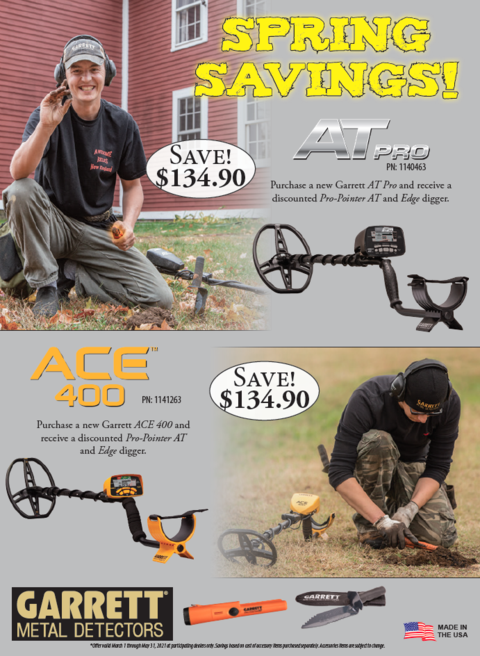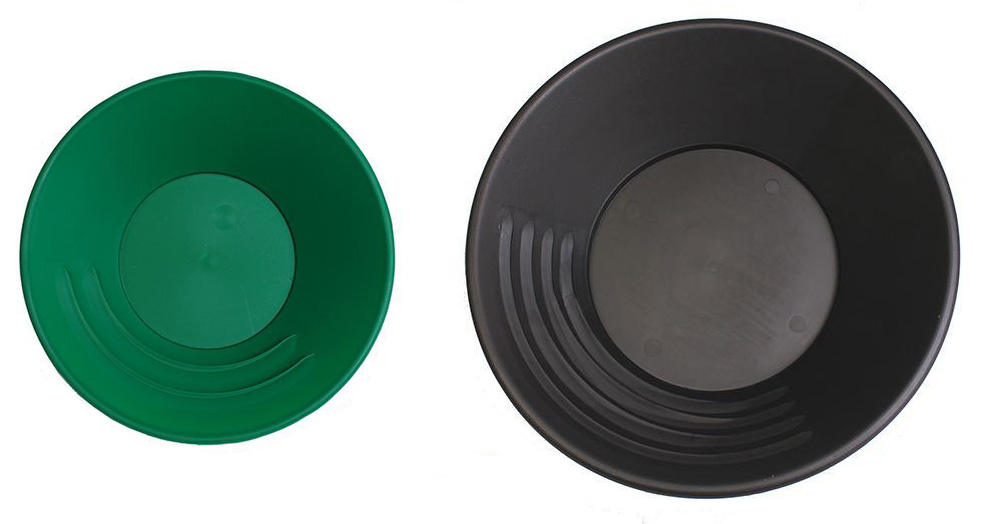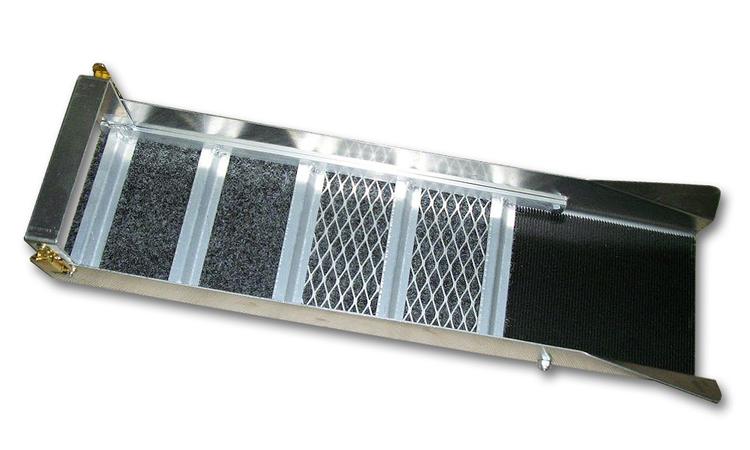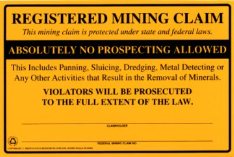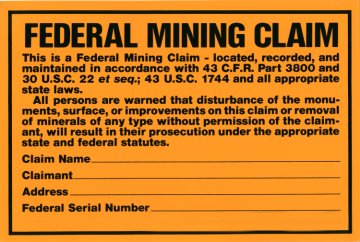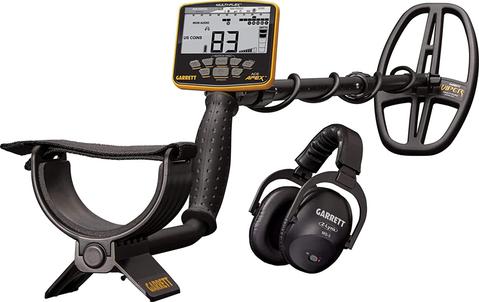Friday, October 01 2021
Sluicing is one of the most popular gold-recovery methods, and a sluice box is often a miner’s first purchase after a basic gold pan. There are many options to consider— riffles, matting, brands, and sizes. You might want to stick with traditional z-riffle sluices with ribbed matting and miner’s carpet, try the new mini or vortex Dream Mats without riffles, or a combination of different types of miner’s moss. No matter what you choose or upgrade to, sluicing techniques are fairly straight forward. The three main things to concentrate on for best gold capture are: proper selection and set up, material classification and processing, and monitoring. These three key steps will allow you to maximize gold recovery. Proper Set Up. This is by far the most important aspect of gold separation and recovery and includes angle, horizontal leveling, and water flow. Improper sluice angle is probably the most common error most miners make. The old rule of thumb of setting your sluice to “one inch per foot” is just a starting point and can result in too much water velocity. Too much water leads to improper breakdown and separation of heavy concentrates and material moving through the box too quickly, which can mean loss of fine gold. A Sluice Setter Digital Pitch Gauge can help, and so can focusing on water velocity instead of just the angle. Try the “one second per foot” method. Measure 12 inches down your sluice and mark that spot. As you feed material into your sluice using a side-to-side motion, count “one thousand one.” Your material should be passing the 12 inch mark as you finish that count. If it needs to be faster, increase the rear angle. If it needs to be slower, decrease the rear angle. As material travels down the sluice, be sure you are utilizing the entire capture area. If material is being forced to one side or the other, leaving one side clogged with too much material, while the other side is not processing at all, it could mean the sluice is not properly leveled horizontally. Material Classification and Processing. In order to capture small gold in quantity, finer classification is usually necessary, even though it’ll take more time to do so. Processing speed and the volume of material to put into the sluice (by hand or by scoop) must be matched to the volume and velocity of the water. If too much material is introduced into the flow, the water velocity will slow down causing the sluice to back up and lose gold. Gradually add smaller amounts of material to the flow using a wide scoop. Monitoring Your Sluice. When using stream flows, you are bound by the characteristics of that waterway—water speed, depth, and the ability to change your sluice angle. Mechanical flow is not limited by nature since you can control it. But no matter who is controlling the water (you or Mother Nature) monitor two factors while running gold-bearing material: how the sluice is processing the material, and the capacity of your sluice. How much can the sluice hold before it loses the ability to separate heavy materials and capture gold? If you see movement of heavy material down the sluice or movement of captured gold, it’s time to remove your sluice from the river, clean it, and reset it. When processing difficult material, set up a regular cleaning schedule so you don’t lose gold. Applying these three main techniques while sluicing — proper selection and set up, material classification and processing, and monitoring — will allow you to adapt to changing conditions no matter the type or brand of sluice box you prefer. And remember that old saying "practice makes perfect" — using the same gold-bearing paydirt over and over again means you can learn these techniques and tips much quicker and recover more gold! Wednesday, June 30 2021
Millions of viewers admit that their guilty pleasure is watching the TV show "Gold Rush" on the Discovery Channel. Every Friday night Thanks to these reality TV shows, you’ll get to know more about Parker Schnabel, Rick Ness, Tony Beets, Dakota Fred, Emily Riedel, and Shawn Pomrenke than your own next door neighbors! And the scenery just can’t be beat either. Whether it’s the wide open spaces in Montana, Colorado and Arizona, or the snow-covered mountains of Alaska and the Yukon, the mining locations are nothing short of spectacular. Who wouldn’t want those views from their workplace every day?!
Tuesday, June 01 2021
The Bureau of Land Management (BLM) is responsible for managing approximately 245 million acres of Federal surface estate and 700 million acres of subsurface mineral estate. In the past, miners would have accessed the BLM’s Legacy Rehost system, commonly known as LR2000, to do research. While helpful, that system was also frustrating to use, so you’ll be happy to know that LR2000 has been decommissioned and the NEW Mineral Land Records System (MLRS) has taken its place. Sunday, April 25 2021
Depending on where you live, spring is in the air, either a little or a lot. What that mostly means is we're all getting out and about more to prospect for gold, metal detect, and just clean up around our property. Especially as restrictions from Covid-19 are lifted, we’re hankering to get out and have fun. In general, springtime ushers in rain, warmer Snakes love warmer days. As reptiles, their body temperature mirrors air temperature, so it’s common to begin seeing many more snakes this time of year. And that means spring is also a good time to be extra vigilant about where you step and sit. Most rattlesnake bites occur when you accidentally step on or near a snake and startle it. That’s easy to do when you’re zoning out swinging a detector or hiking in tall grass toward your favorite gold-bearing river. When you are otherwise distracted by gold fever or a chore (stacking wood, cleaning out your shed, landscaping), you might not be thinking about where you’re putting your hands and feet.
• Call 911 immediately or get yourself to a hospital as quickly as possible. As you venture outside this spring and summer, help protect your lower legs with snake gaiters— they also help protect against thorns, briars, and cacti needles. If you've ever brushed against them by accident, you know how painful that can be! Snake leggings are used by the US Border Patrol, US Forestry Service, hunters, hikers, fishermen, ranchers, surveyors, realtors, landscapers, and thousands of treasure hunters who need protection for lower legs. Don’t take a chance! Take precautions to be safe this season— whether in the desert or woods — by adding snake gaiters to your list of “must have” equipment. Monday, March 15 2021
Spring is in the air, and Garrett is making it a little easier on your wallet to get out there and start swinging a new metal detector! For a limited time, Garrett is offering two specially-priced packages. Each package includes a metal detector, headphones, an AT Pinpointer, and Garrett Edge Digger. You save $134.90 on a package as compared to buying each component separately. Both packages have FREE SHIPPING, too! Garrett AT Pro Metal Detector and Headphones. The AT Pro is Garrett's all-terrain, all-treasure, deep-seeking, professional treasure hunter's detector! This all-terrain detector offers new and exclusive Garrett technology that makes highly recommended for Coin Hunting, Jewelry Hunting, Relic Hunting, Cache Hunting, Prospecting, Ghost Town Hunting, Competition Events, Beach/Fresh Water Hunting. Select from either Standard or Professional search modes with enhanced audio features. The AT Pro was designed to work in challenging environments such as mineralized ground, high trash areas, wet and humid areas and dust. In fact, the entire metal detector can be submerged under water to a dept of 10 feet, so it's an excellent choice for detectorists who might also be gold prospectors working in streams, ponds, or shallow water off the shoreline. Includes upgraded MS-2 headphones, Pro-Pointer AT Pinpointer and Garrett Edge Digger. Details on AT Pro Spring 2021 package here. Garrett ACE 400 Metal Detector and Headphones. The top of the ACE family, the 400 has a new Iron Audio feature, a powerful DD coil, a higher frequency, and volume control headphones. Its advanced features make the ACE 400 powerful on coins, jewelry, and artifacts. Features a 8.5” x 11” PROformance DD submersible searchcoil. Comes with Pro-Pointer AT Pinpointer, Garrett Edge Digger, and ClearSound Easy Stow Headphones that feature padded ear pieces, 41 inch coiled cord extends to 82 inches, and 1/4 inch phone plug. Details on ACE 400 Spring 2021 package here. Metal Detectorist Code of Ethics
Sunday, March 07 2021
Raw TV in London is the maker of the Discovery Channel's hit TV series Gold Rush. You might also have watched a spin-off, Dave Turin's Lost Mines. Dave is looking to hire a geologist with placer /hard rock mining experience to join his mining crew on that Discovery show. Ideally, the candidate will have specialized in gold mining and have experience working with placer and/or hard rock deposits. Applicants must be over 18, eligible to work in the US, and happy to appear in a new season of Dave Turin’s Lost Mine. You must be willing and able to leave home and join his gold mining crew potentially from May - October 2021. If you are a geologist who would love to be considered for this role, or know someone, visit this link https://www.raw.co.uk/takepart/geologist-miners-wanted Closing date to apply is April 15, 2021.
Monday, March 01 2021
A gold pan is the simplest and most basic prospecting tool and is one of the oldest types of gold concentrating equipment. Plastic pans are recommended over the steel pans used by the 49ers. Plastic is light weight, so when you add water, dirt, and gravel to your pan, your arms won't get as tired compared to using a steel pan. And they do not rust or conflict with the use of a magnet. Size, color, and shape are really a matter of personal preference. You might want to have a couple different sizes of gold pans on hand (10 inch, 12 inch, and 14 inch are the most popular). Plastic pans generally come in green, black, and blue. The color doesn't effect performance, but green is the most common. The bright blue cone-shaped batea is the newest type of gold pan to hit the U.S. market. Gold panning kits are often the most economical way to purchase gold pans and classifiers (often called sifting pans) and other small accessories all in one convenient box. The point of panning is to shake the gravels, allowing the gold to settle downward and then to wash the lighter material off the top. When all the lighter material has been removed, only the heavy concentrates will remain in the bottom of the pan, including, hopefully, some gold! With a little practice, anyone can learn to pan for gold. Buying a bag of gold-bearing paydirt to use over and over again for practice in a tub is one way to get good at panning without ever leaving home. Gold panning “how to” steps founds here.
Gold concentrations are spotty, even in known gold-bearing areas, so sample and test often. Be sure to move on with your gold pan and don’t stay in one spot less you have good results. If you find a spot with fairly large amounts of gravel that yields good gold, then it’s time to bring in a sluice box. A sluice is simple to operate and have been used all across the world for thousands of years. After you’ve mastered gold panning and are ready to increase the amount of gravel you can process, a sluice box is your next step up from hand panning. Sluices come in a variety of sizes, most with gold-catching matting in the bottom that you need to clean up at the end of the day. Other models such as the Gold Well Vortex Drop Riffle Sluice, has no matting or carpets and uses vortex technology to catch fine gold.
As with the pan, the real secret of successful prospecting is not in operating the equipment, but in the skill of finding those natural gold catches. Learning to read the river or stream and recognize the places where gold might accumulate and then sampling those places to see if you are correct is the best technique. Inside bends, behind boulders or bedrock outcrops, and inches above the stream flow are all good places that you might sample, but there are plenty of other possibilities as well. The sluice and the gold pan may be among the most basic prospecting tools, but they are tried and true ways of finding some good gold! Friday, February 19 2021
There are many interesting facts about the element gold, which is listed on the periodic table as Au. Au—comes from the old Latin A few more fun and fascinating facts about gold include:
Monday, January 18 2021
As of 2020, there were about 3,891,000 mining claims filed on federal lands across open-for-mineral-entry states. If you want to join the ranks, the following will be extremely helpful. This information was published in November 2020 by Kevin Hoagland, Executive Director of Development, Gold Prospectors Association of America (GPAA). A mining claim is a selected parcel of Federal land, valuable for a specific mineral deposit(s), for which you have asserted a right of possession under the General Mining Law. Your right to the claim is for the extraction of those minerals. The rights granted by a mining claim protect against a challenge by the United States and other claimants— but only after the discovery of a valuable mineral deposit. Your claim is not protected from the government or other miners until you have a discovery of a valuable mineral, recorded in the county of location, and have filed a mining claim with the Bureau of Land Management (BLM). There are two types of mining claims—lode and placer. In addition, mill sites and tunnel sites may be located to provide support facilities for load and placer mining claims. Once all the steps— locate, record and file— are properly completed, then you have rights to the minerals only on the claim. You cannot live on a claim unless you have a Plan of Operations (POO) that includes project occupancy, and that will allow only limited occupancy during the duration of the project and is most likely going to be added into the required bond of the project within the POO and the Notice of Intent (NOI). If you do not have an occupancy, then you are required to follow the stay limits of 14 days in any given 28-day period. You cannot keep other people off your claim with the exception of people trying or working to recover the valuable minerals that are on your claim. This is clearly defined as mineral trespass and is enforceable. However, if people want to use your claim for day-use recreation, or for camping or hunting at various times of the year, you cannot legally not allow them ingress to your claim unless you have an in-place POO that designates a mining area and other areas that support your efforts to recover valuable minerals. The BLM will work with a POO holder to include as much of the claim as possible to keep ingress limited for safety. Who Can File a Mining Claim? A person who is a citizen of the USA or has declared an intention to become a citizen with the Immigration and Naturalization Service may locate and hold a mining claim or site. A corporation organized under state law is considered a citizen and may locate and hold a mining claim or site. A corporation is held to the same standards as a citizen. There is no limit to the number of claims and sites that you may hold as a qualified claimant, as long as you meet the General Mining Law requirements of the claims filed after a valuable mineral find has been located. Where Can You File a Mining Claim? As of this writing, there are 19 states where you may locate mining claims or sites: Alabama, Alaska, Arizona, Arkansas, California, Colorado, Florida, Idaho, Mississippi, Montana, Nebraska, Nevada, New Mexico, North Dakota, Oregon, South Dakota, Utah, Washington, and Wyoming. Who Maintains All of This? The BLM manages the surface of public lands in these states and the Forest Service manages the surface of National Forest System lands. The BLM is responsible for the subsurface minerals on both its public lands and National Forest System lands. You may prospect and locate mining claims and sites only on lands open to mineral entry. Some recreational areas are open to the public for casual prospecting (usually just for gold panning by hand); these areas would not be considered open to mineral entry, therefore, you cannot file a claim in certain recreational areas. How to File a Mining Claim To file a claim, you need to start by prospecting to find a valuable recoverable metal. There are a number of ways to get started in finding an area open for claiming. Using computer programs such as the BLM LR2000, you can get a much better view of what is and is not open for claiming. After you have prospected and found gold or other mineral you wish to extract, you will want to stake a claim. Using your GPS or a topo map and compass, figure out exactly where you are. Set your Point of Discovery (POD), then find your corners. A placer claim is 20 acres— a rectangle that is 660 feet from west to east, and 1,320 feet from north to south. Situate your claim as close to the topo section lines as possible and create your location notice and draw your map. The map must include the township (an area of 36 miles), the range (the area either east or west of the principle meridian, which is on the bottom of each topo map), and section (each section is 1 square mile; 36 sections make up a township). Within the section there are quarters and halves that are broken down to the smallest part, which is 20 acres. TIP: Walk the entire claim and make small rock cairns at each of the corners based on GPS to find the spots more easily when you come back to mark the corners. Knowing how far it is from the POD to the NW corner and SE corner is also helpful. You will need that info. when recording and filing your claim. Once recorded, take your recorded document to the BLM office closest to you that accepts filings. Present your county-recorded documents and your map. The BLM will quickly review your paperwork, assign a Mining Claim (MC) number, take your money and hand you back copies of your docs with the MC number for your records and to post on the claim. Ask both the county and the BLM what is acceptable for your markers and what is required. In some states, all that is required is the POD and not corners. But your MC paperwork at the POD MUST have the distance from the POD to a corner or distance to a Public Lands Survey (PLS) Marker. You have now recorded and filed and have an approved mining claim. Set your corners and markers and you’re done! Mining Claim Signs found here. CONGRATULATIONS and good luck getting the GOLD! Sunday, December 20 2020
There is truly no single “best” type of detector when it comes to gold hunting. But understanding the differences between a VLF (very low frequency) and a PI (pulse induction) detector and their coils can help you decide which detector might be the “best” to use in a A VLF machine can have an advantage on shallow and very small targets, on and off of bedrock— as long as you can keep it stabilized, ground balanced, and the sensitivity set properly. PI detectors generally do better at greater depths than VLF machines, especially in highly mineralized soils. Mono coils are designed for PI detectors. There is a single winding inside the coil that puts a concentric pattern into the ground. You will always get more depth with a mono coil, but it is more susceptible to ground mineralization noise and it will be affected by the ground mineralization itself. Double D coils work for both PI and VLF detectors. Double D coils have two back-to-back D shaped windings inside the coil. At all times the coils are transmitting and receiving across the plane of the coil. The Double D design is like a knife blade that goes into the ground down the center of the coil. These coils are great at handling mineralization where it essentially takes the ground mineralization and distributes it all the way across the blade, lessening its effects. Concentric coils work with VLF detectors by using two separate windings inside the coil— one sends and one receives. When it comes to a round versus elliptical coil, there is really no difference in the size, only shape. Coils are measured off of a round coil configuration. For example, a 14 x 10 inch coil will have the same attributes as a 12-inch coil. The key difference is that elliptical shapes work extremely well in difficult areas. Although each metal detector has its pros and cons, you can’t go wrong by wearing the best headphones possible, no matter which brand or model you choose. Many gold nuggets you will find are only slight whispers in the detector’s threshold, so you want to always wear high quality headphones. Plastic scoops and a digging tool with a wide blade should also be in your accessory bag. When hunting, limit the amount of metal on your body, which includes wearing non-magnetic boots and belts. Put your car keys in your back pocket. Keep your cell phone in your back pocket, too, and make sure it’s off to avoid any interference. |
|
Nugget of News Blog |






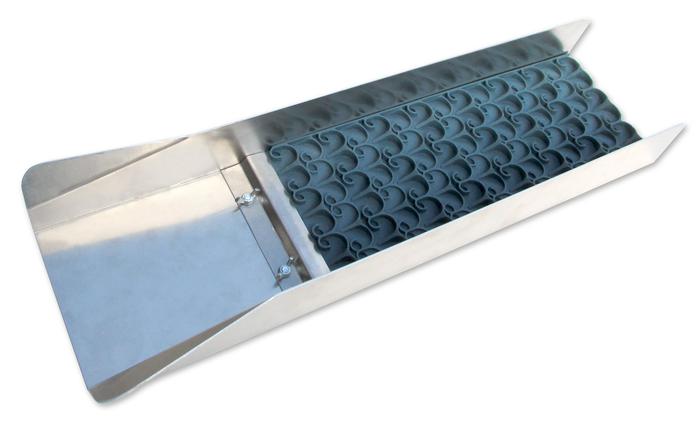
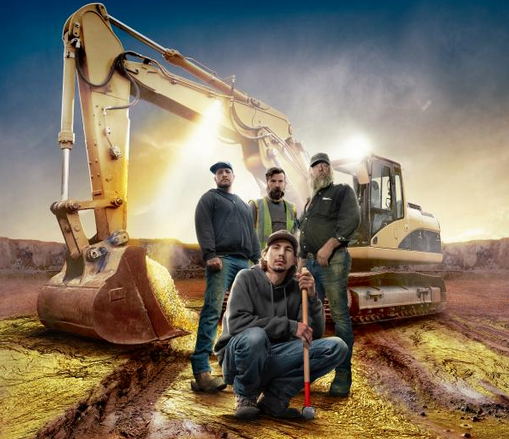 for over a decade now, viewers have been enlightened and entertained by Gold Rush, Bering Sea Gold, White Water, and a couple of newer shows— Dave Turin's Lost Mine and Freddy Dodge's Mine Rescue. Although they’re off the air now, Under the Ice and Jungle Gold also captured attention a few years back. Aussie Gold Hunters is also interesting, and takes place in Western Australia.
for over a decade now, viewers have been enlightened and entertained by Gold Rush, Bering Sea Gold, White Water, and a couple of newer shows— Dave Turin's Lost Mine and Freddy Dodge's Mine Rescue. Although they’re off the air now, Under the Ice and Jungle Gold also captured attention a few years back. Aussie Gold Hunters is also interesting, and takes place in Western Australia. 
